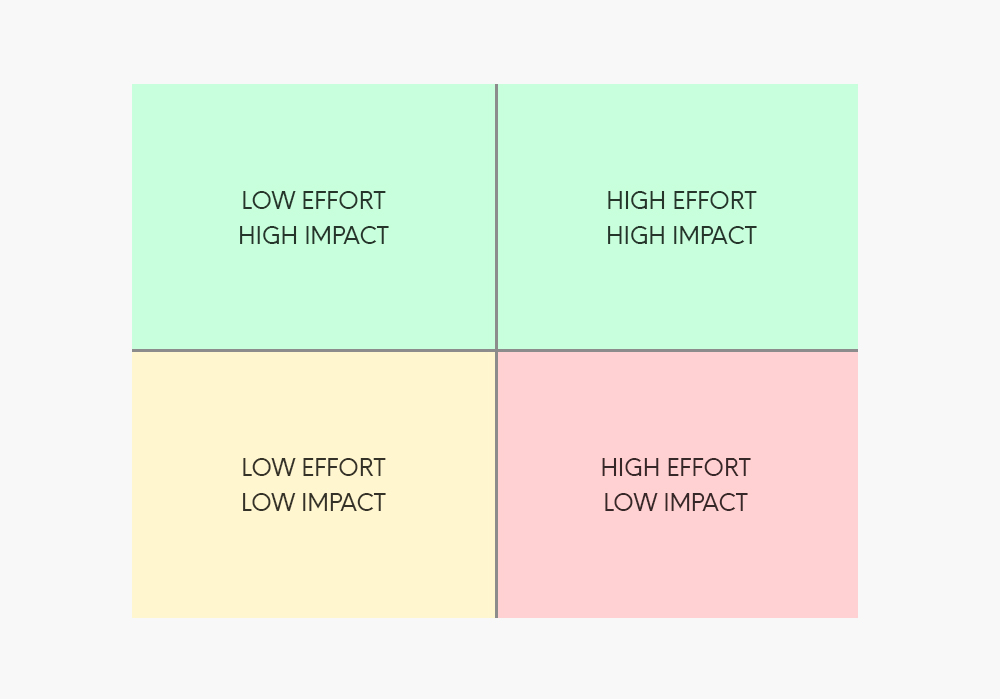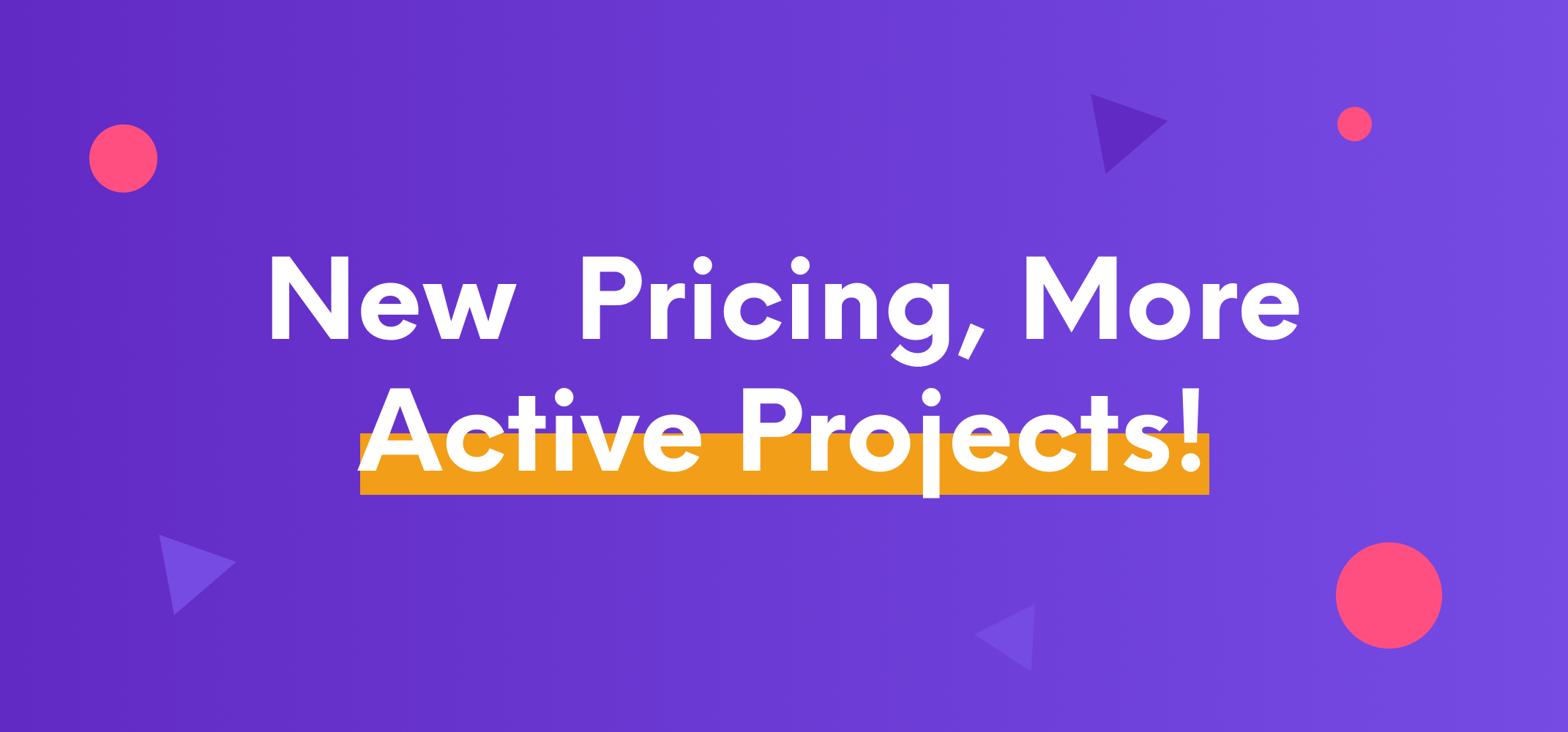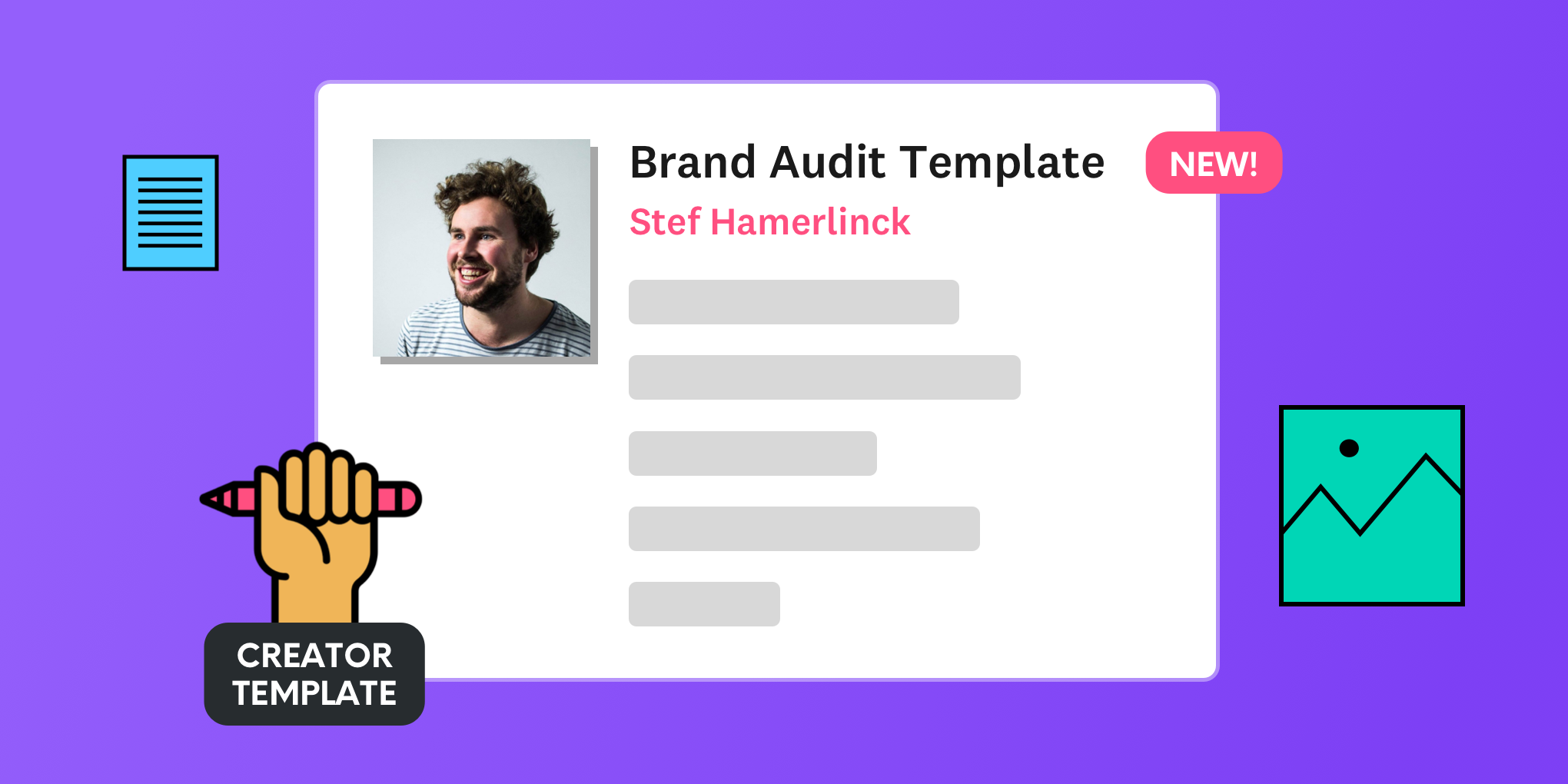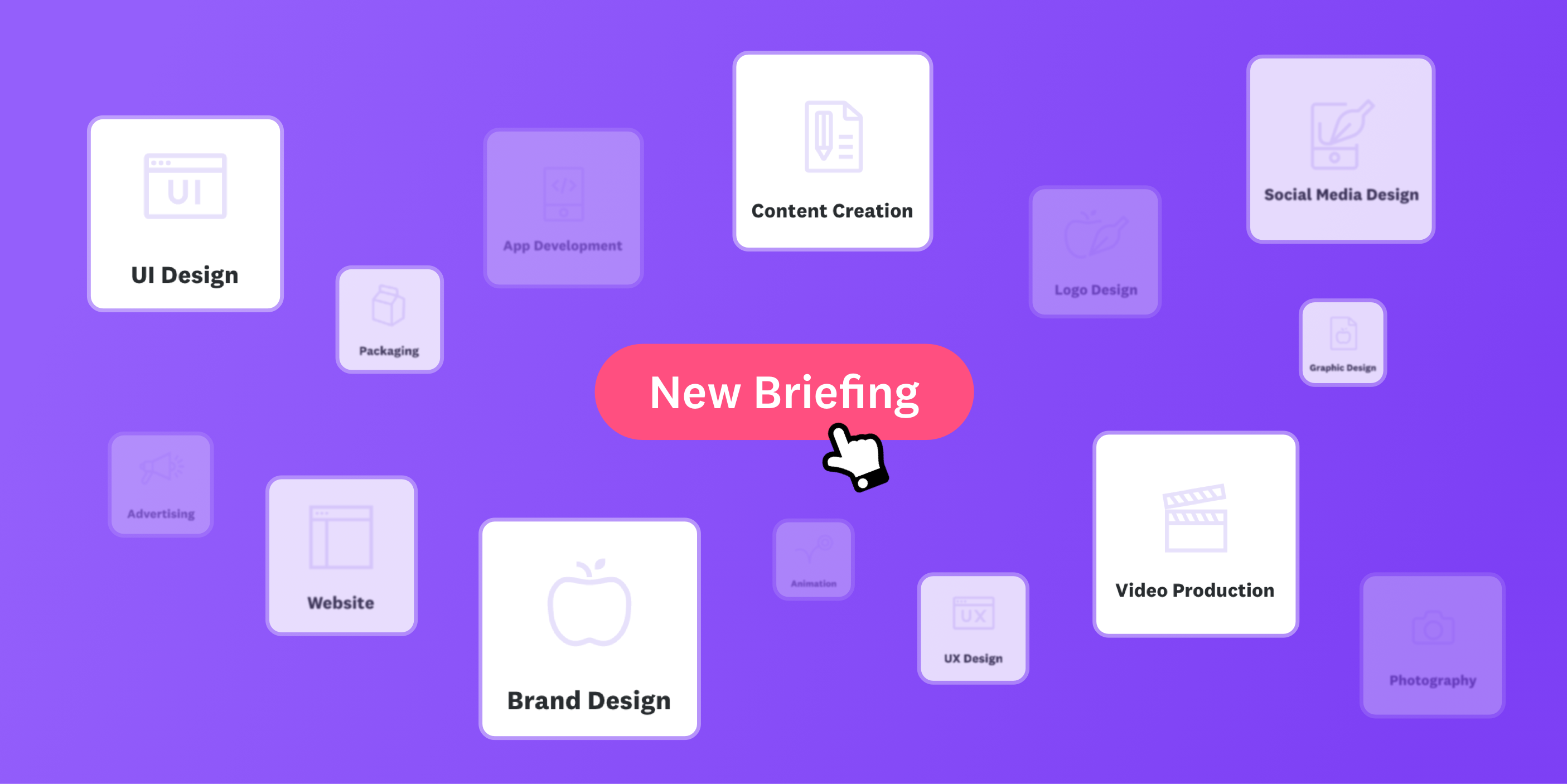As designers, it is good to position yourself as a strategic partner and offer a thorough strategic analysis poured into a solid creative brief for your client before you start designing. An insight-driven creative brief will empower you as a designer to be descriptive (What is happening?), predictive (what will happen?), and prescriptive (what should we do?).
Though, more often then not, your client might not have the data necessary to add to the creative brief of the project. This is where UX research jumps in.
As a UX researcher, I spend a lot of time interviewing users. The end goal of interviews has always been to understand the needs of customers, what keeps them up at night, and how my client’s product or service could help them. Research should not be the goal, but a strategic enabler. After this user research and several Post-Its later, insights often start to appear.
What is an insight? According to Miriam Webster, “it’s the power or act of seeing into a situation.” I believe an insight is much more than that. An insight is a pattern, or series of patterns, that emerge from a collection of observations, and should push towards a call to action.
A good insight is inspiring and encourages to design something to solve the problem that is identified.
A good insight is relevant and has a compelling user story behind it. For me, it isn’t often the identifying of insights that is challenging, but rather, the implementation of them.
Here are a few steps to follow to ensure that your insights gathered from user research don’t collect dust, and instead, help make decisions that have a measurable impact:
1. Walk, before you run
Before you jump into designing the creative solution, make sure you gathered all the data you need during the strategic creative briefing phase. Review the challenge which you are trying to solve and your user personas. If you did user interviews, go back and watch or listen to them again to see if there is anything that you may have missed. Document any relevant information that comes from your research onto individual Post-Its.
Next, analyze the data and see if you can identify patterns. Group similar data together and give these groups titles that summarize the main insights.
2. Prioritize what’s crucial
After ensuring that everything has been documented, and key themes identified, it is time to prioritize.
First, you must test the desirability, feasibility, and viability for each insight. Think about the answers to the following questions:
- Desirability – Does the insight help meet the needs of the user? Does it address the key pain points that they are facing? Do they need it or is it a nice to have?
- Feasibility – Does your company have the resources to make it happen? What kind of technology, skillsets, processes do you need to deliver an exceptional experience?
- Viability – Does this make money for the business? Will it cut costs? Do we need to make any investments in order to deliver on this insight?
After this initial first pass of prioritization, I like to take the top 3-5 insights and map them on an effort and impact matrix.

Effort/Impact Matrix
The insights that fall in the top left quadrant are the ones that you should definitely pursue without any hesitation. The insights in the top right quadrant are worth pursuing but require more planning. The insights in the bottom left should be considered and the insights on the right should be tossed out.
As you are analyzing your research, you may find some great insights that aren’t necessarily relevant to the particular problem you are trying to solve. This is perfectly normal. Don’t toss them out, just simply put them in a “parking lot” that you can revisit later.
3. Create the team
Once you have identified the insights that you want to act upon, you need to make sure you have the right team in place. Implementation cannot be done alone. Think about all of the people needed in order to turn the insight that you discovered and make it into a reality. Do you need a developer, a project manager, more designers, marketers? Make a list, identify the best people to fulfill those roles, and then, gather everyone together.
4. Make a plan
Once you have your team, it is important to first, clearly define everyone's role and share the creative brief with all the insights gathered. Next, come up with deadlines and assign tasks to people. In order to turn insights into action, everyone must be held accountable.
5. Iterate & Communicate
Implementation rarely goes 100% accordingly to plan. Be prepared to adjust deadlines as necessary. After successfully acting on the insights that you found, it is time to design different versions and iterate. The design process has started, with revisions and regular team and client meetings. Communication is key here, as well as referring back to the initial brief that has been set up. The brief should function as a guide throughout the entire design process to validate the design decisions.
UX research empowers design teams to make daring moves informed by insights and data, not by gut feel.
For your next client project, set up your first strategic creative brief with HolaBrief. We will empower you to take on any creative project and make solid design decisions, with the greatest possible understanding of the problem you are solving.








